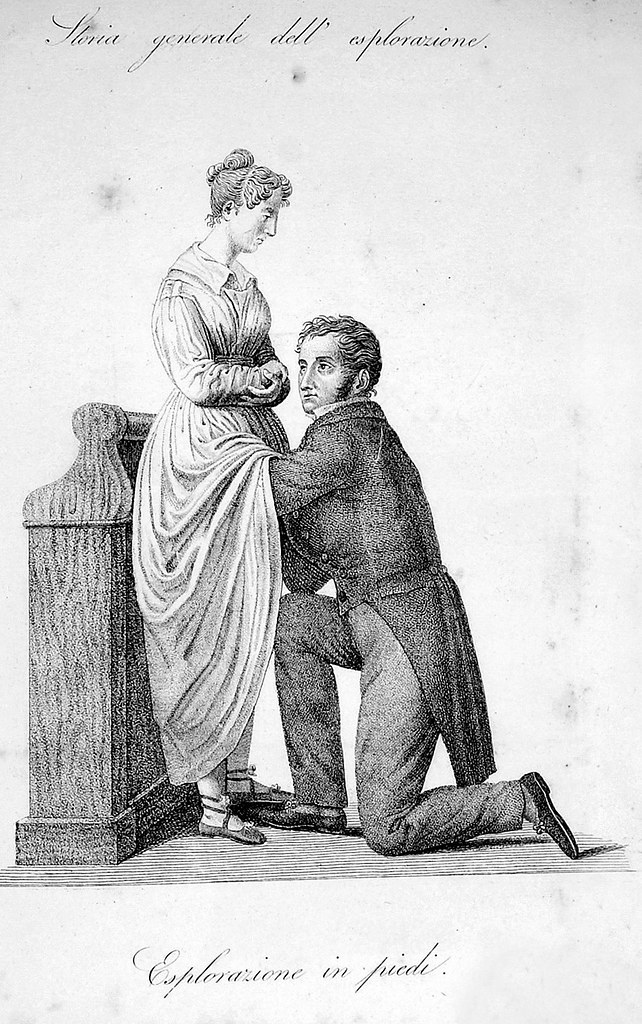
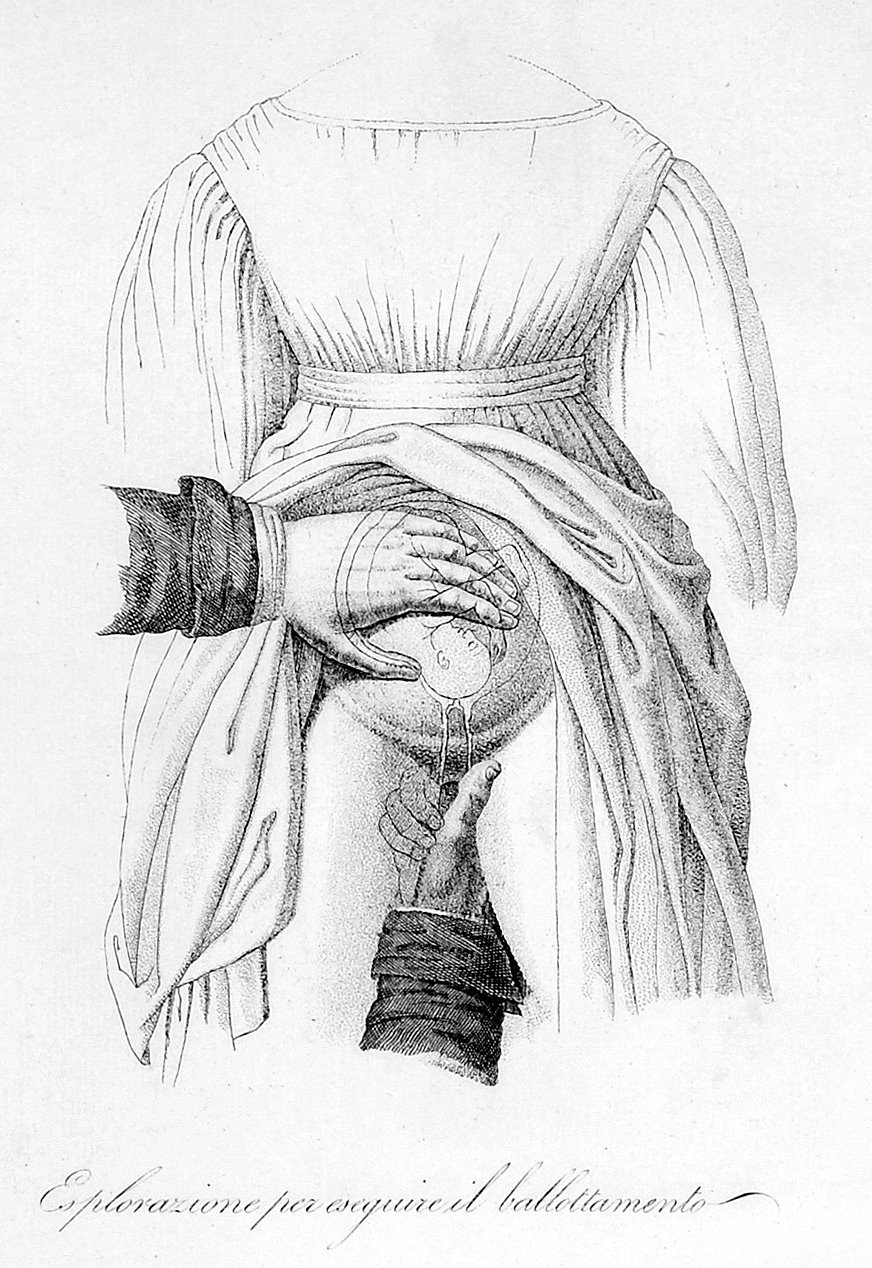

Lovely images for which I could locate no attributions--any ideas?
Found on the wonderful E-L-I-S-E blog. Click here to see original post.
Click on image to see larger version.








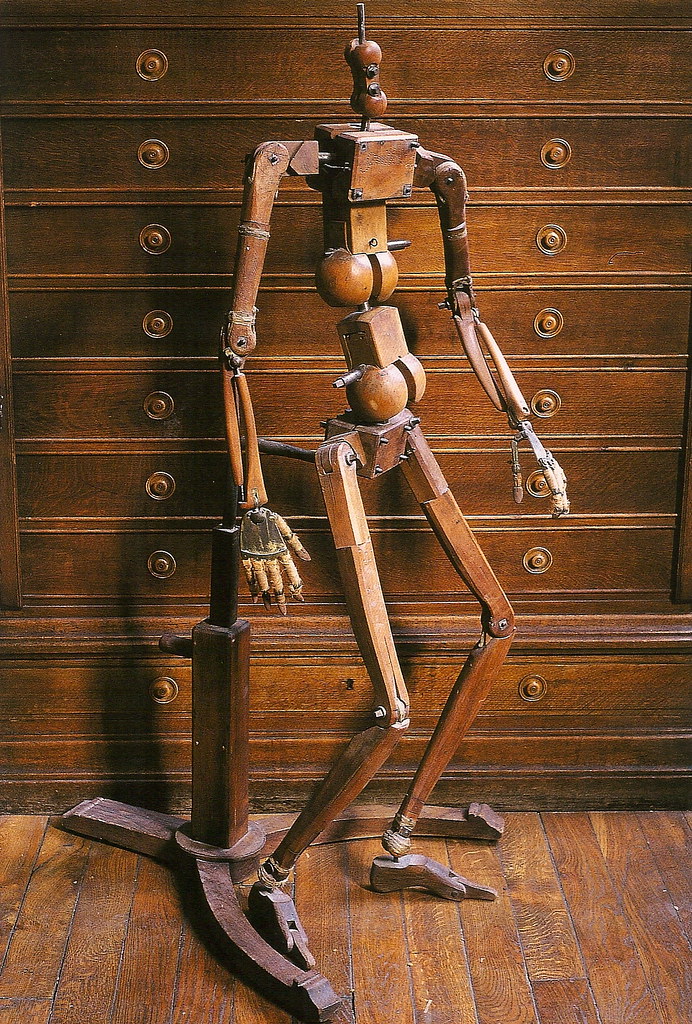

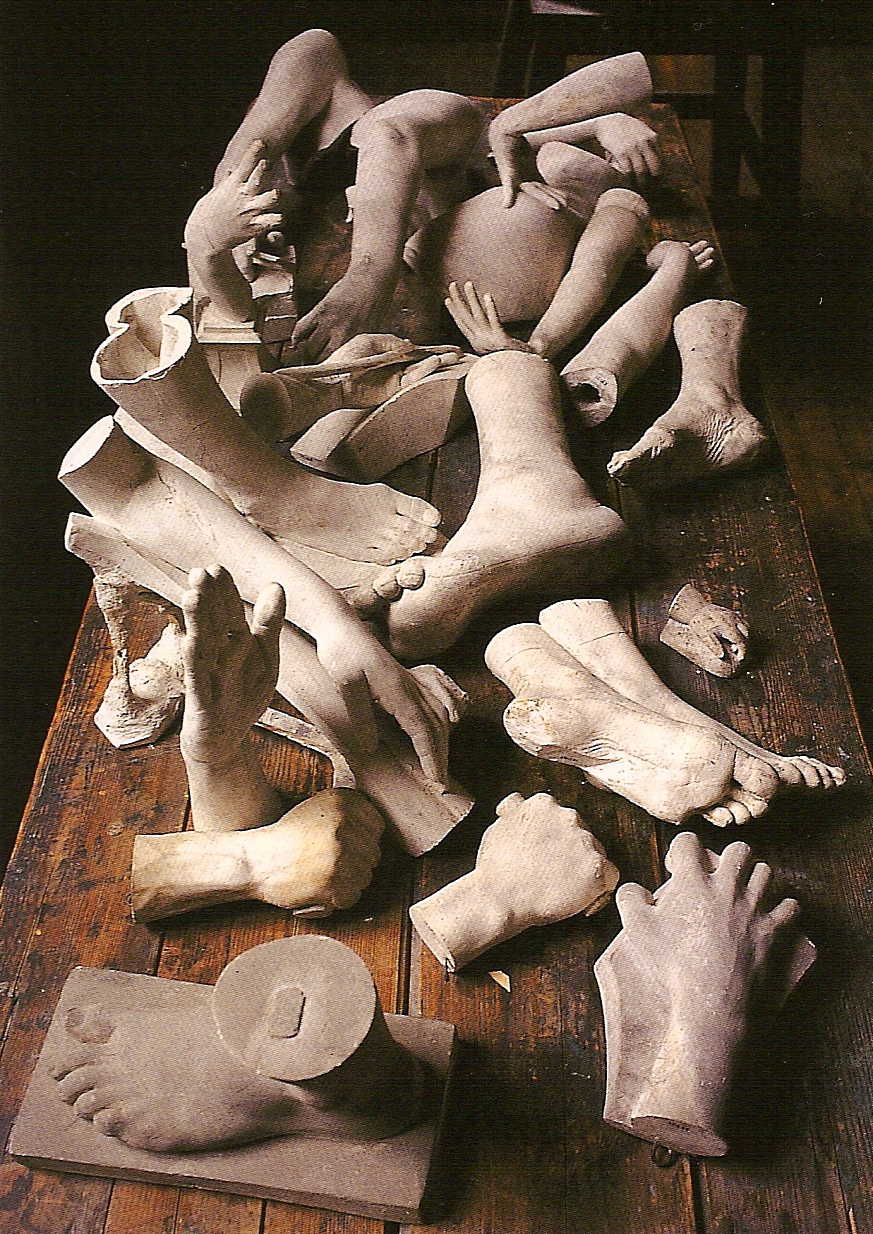
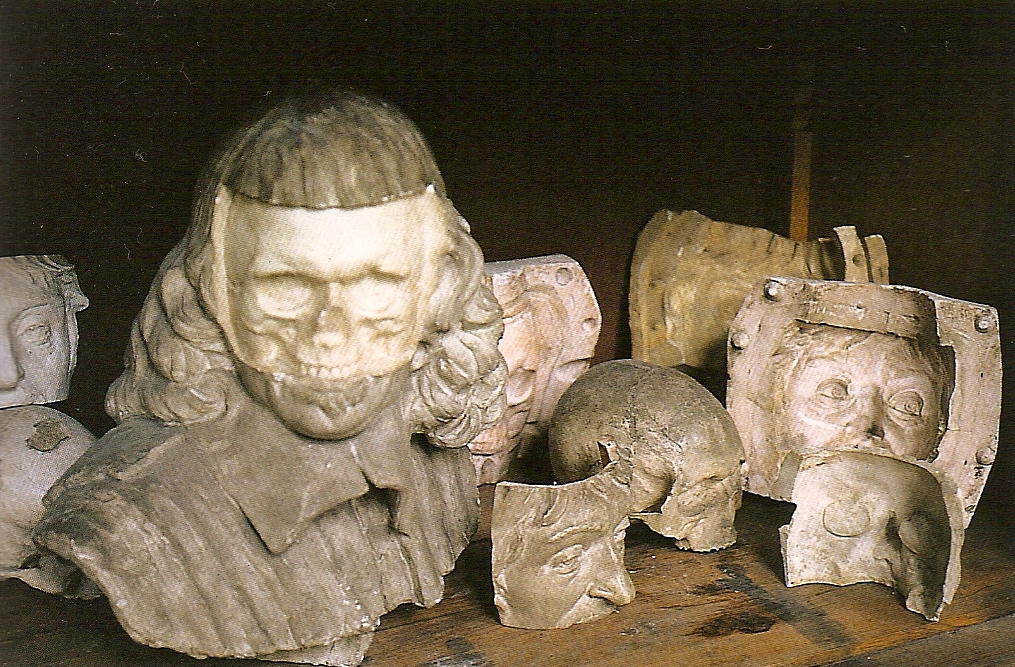
The catalogue is an ode to the bewildering and wonderful arsenal of contraptions, tools, plaster casts, photographs, and any other useful aid created to assist artists in the study of human and animal figures.You can see the full review--with more images--on the Bearded Roman website by clicking here. You can find out more about the catalog (highly, highly recommended!) by clicking here. Click on images to see larger, more detailed images; all images drawn from the Bearded Roman website.
Resembling part medical research facility and part life-science museum, the Ecole des Beaux-Arts gathered human and animal anatomical examples–ideal, real and atypical–for use in training.
For artists at the Ecole des Beaux-Arts, academic training meant mastering the human figure. ...this training took place over a series of graduated steps, beginning with isolating parts of the human figure, to studying idealized forms in Greco-Roman statues, and, finally, working with live models.
The catalogue includes several examples of classical forms that have been worked over to reveal underlying skeletal and muscular structure. It is evidence of a startling lack of superficiality in their approach to their craft and art. There are numerous accounts of dissections of both humans and animals, and visits from surgeons to discuss recent medical discoveries....
One of the greatest costs in training was the hiring of live models. As a result, contraptions of all kinds–mannequins, photographs, stereoscope images–were made to substitute, or perhaps more accurately, supplement, models...
A great deal of the catalogue is dedicated to the anatomical models of animals, especially horses Just as in England, where George Stubbs (British , 1724-1806) led a generation of artists at the Royal Academy to explore and correctly understand the anatomy of horses, the French Academy invested a great deal in equine models.
Just as programs are sold at sporting events today, broadsides -- styled at the time as "Last Dying Speeches" or "Bloody Murders" -- were sold to the audiences that gathered to witness public executions in eighteenth- and nineteenth-century Britain. These ephemeral publications were intended for the middle or lower classes, and most sold for a penny or less. Published in British towns and cities by printers who specialized in this type of street literature, a typical example features an illustration (usually of the criminal, the crime scene, or the execution); an account of the crime and (sometimes) the trial; and the purported confession of the criminal, often cautioning the reader in doggerel verse to avoid the fate awaiting the perpetrator.
You can see the Ephemera Assemblyman post by clicking here; you can browse the entire Harvard collection by clicking here. Click on images to see much larger versions.
The Library's collection of more than 500 broadsides is one of the largest recorded and the first to be digitized in its entirety. The examples digitized here span the years 1707 to 1891 and include accounts of executions for such crimes as arson, assault, counterfeiting, horse stealing, murder, rape, robbery, and treason. Many of the broadsides vividly describe the results of sentences handed down at London's central criminal court, the Old Bailey, the proceedings of which are now available online at http://www.oldbaileyonline.org.






Practices, institutions and ideas centered around collections and collecting offer a fruitful area for interdisciplinary inquiry in the humanities and social sciences. Whether in the processes through which collections come to be formed, or the ways in which existing collections are experienced by a variety of publics, the impulse to collect is often key to knowing a wider world, and also knowing oneself. This conference aims to bring a wide variety of critical perspectives to bear on this topic; including anthropological, historical and art historical, literary, architectural and museological.
Schedule:The conference will be held on the Columbia University Campus in Schmerhorn, room 612; click here to see where this building is located on the campus grounds. You can find out more information about the conference here and about the exhibition (scroll down a bit) here. Hope to see you there!
9:00 AM Welcome and Introduction
9:15 AM Session 1: Power of collecting
Discussant: Severin Fowles, Barnard College
Savannah Fetterolf and Fran Ritchie, Columbia University
The Violence of Collecting: an Examination of the Museum
Jane Tippett, University of Delaware
Selling a Crown: Provenance and Collecting in the Age of the Royal Auction
Courtney Stewart, Bard Graduate Center
(R)evolutions in Display: The Mevlânâ Museum of Whirling Dervishes.
10:45 AM Coffee Break
11:00 AM Session 2: Collecting and haunting
Discussant: Angie Heo, Barnard College
Tom Jacobs, New York Institute of Technology
Herding Ghosts: History, Collecting, and the Anti-Collective Impulse in Pynchon and McCarthy
Oisin Wall, London Consortium
Futurist Art and the Crypt
James Wilkes, London Consortium
Peter Riley’s Excavations: Some Thoughts on the Poem as Space of Collection
12:30 PM Lunch
1:15 PM Session 3: The performance of collecting
Discussant: Terry D’Altroy, Columbia University
Catherine Howard, University of Oxford
Representing Performances, Performing Representations: The Photographs Collection of Darrell Posey
Lina Hakim, London Consortium
Collecting in art as system of thought. Looking at Susan Hiller’s From the Freud Museum (1991-6)
Brinda Kumar, Cornell University
Coomaraswamy and Collecting for Indian Art
2:45 PM Coffee Break
3:00 PM Session 4: The temporality of collecting
Discussant: Zoe Crossland, Columbia University
Victoria Ehrlich, Cornell University
From Death to New Breath: Marcantonio’s Judgment of Paris
Antonia P. Young, University of California, Berkeley
Picture Galleries and the Wall Paintings of the Villa Farnesina: Art and Artificiality in the Early Roman Empire
4:15 PM Conclusion
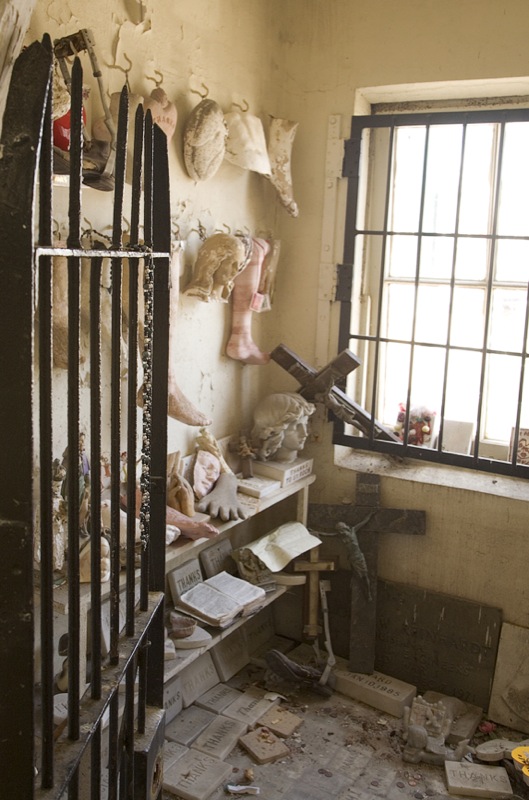




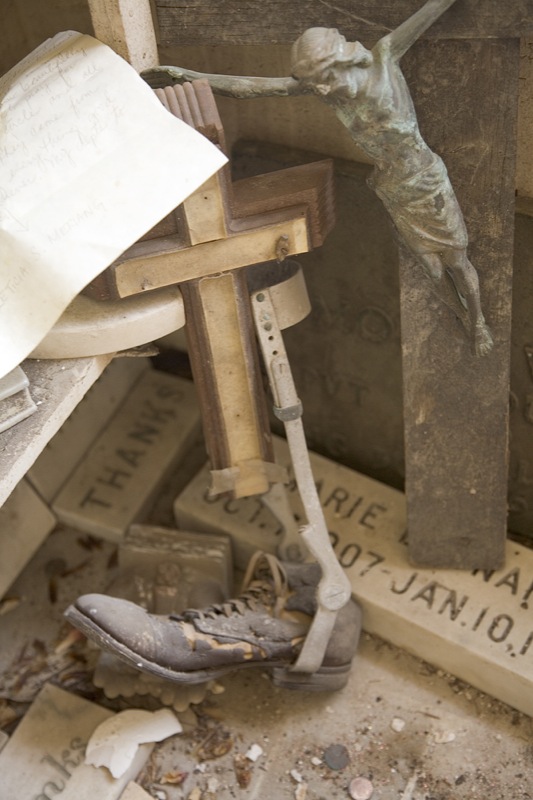


At the height of the yellow fever epidemic of 1867, a German priest named Rev. Peter Leonard Thevis arrived in New Orleans. Faced with the severity of the yellow fever epidemic, he turned to God invoking the intercession of St. Roch, the patron of good health. He promised that if no one in his parish should die from the fever, he would erect a chapel in honor of the Saint. Amazingly, not one member of Holy Trinity died from yellow fever, either in the epidemic of 1867 or 1878.
In thanks, Rev. Thevis’s conviction was to build not only a chapel as a shrine to St. Roch, but also a mortuary chapel in a last resting place for members of his flock. The cemetery was called the Campo Santo (resting place of the dead). Rev. Thevis traveled to Europe to study the architecture and construction of many beautiful shrines and chapels before building the chapel. The chapel, completed in 1876, was considered a beautiful example of Gothic architecture.
People came to the shrine in large numbers to ask St. Roch for help in cases of affliction, disease and deformities. At one time, the celebration of All Saints Day attracted thousands of people to the Shrine seeking guidance and help for themselves and others in distress. A small room on the side of the chapel holds a number of offerings left by visitors to the chapel. The tradition was to leave accouterments of the illness or disability (including, in the past, eyeballs, crutches, and false limbs!) in gratitude for recovery.
Another New Orleans tradition related to St Roch that took place for many years is that on Good Friday young girls made a pilgrimage to St. Roch’s chapel because of a local legend, which promised a husband before the year was out to the maiden who said a prayer and left a small sum at each of nine churches. It was considered doubly lucky if St. Roch’s chapel was the end of the pilgrimage.
The neighborhood got its current name in 1867 with the dedication of the St. Roch shrine and cemetery. St. Roch Chapel and Cemetery are a very important part of the history of the St. Roch neighborhood. At the height of the yellow fever epidemic of 1867, a German priest named Rev. Peter Leonard Thevis arrived in New Orleans. Faced with the severity of the yellow fever epidemic, he turned to God invoking the intercession of St. Roch, the patron of good health.To see the full collection of photographs of the cemetery and chapel, click here. Click here to read the full story.

Medicine Show: Putting Science and Health on DisplayI will definitely be making a pilgrimage of my own from Brooklyn to see the lecture; hope to see you there!
Wellcome Collection opened its doors to the public just over 18 months ago. Since then it has welcomed close to 500,000 visits and has received lavish plaudits from all corners of the UK’s press and media, as well as internationally. It presents an uncompromisingly brainy approach to putting medicine on public display, but within a broad cultural context that seems to appeal to a wide grown-up audience.
In this talk, Dr Ken Arnold outlines the Wellcome’s inquisitive curatorial approach to exploring medical science (past and present) within the broad context of the whole human condition. He discusses the permanent display of Henry Wellcome’s museum collection Medicine Man, and a recent temporary exhibition Skeletons: London’s Buried Bones, one of seven shows to have been mounted since June 2007. Dr Arnold will argue that while the work of the Wellcome represents a refreshing and innovative approach to engaging the public with medicine and its history, the approach owes much to the incurably curious instincts that led to the setting up of Europe’s first museums in the Renaissance. His conclusion is that there is something timelessly full of wonder about putting medicine on show.
The exhibition of a female anatomical figure made from wax at Boston, Lincolnshire, England, was used to educate the general public. Admission cost 1 shilling. The model could be taken apart to show the internal organs and muscles. The organs were modelled to show different things; for instance the liver showed “the effects produced by Intemperance and Excesses in Eating”. The lectures aimed to help women take better care of the sick. “Know Thyself” was a common phrase associated with the exhibition of anatomical wax, again reinforcing the educational benefit. But there was some controversy over the display, especially as the models were shown naked. For this reason men and women had different viewing days. The wax model was created by Antonio Sarti (d. 1851), who opened a public anatomical wax museum in London in 1839.Click here to peruse the site for yourself; click above image to see much larger copy.

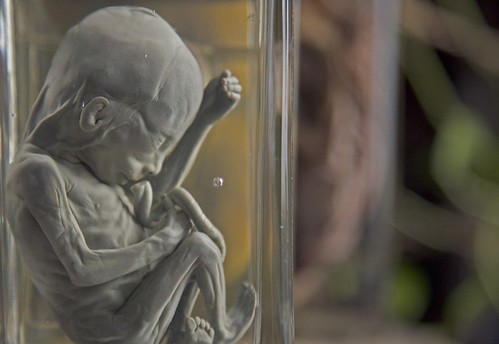
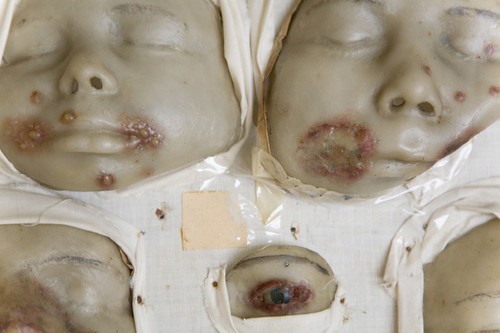
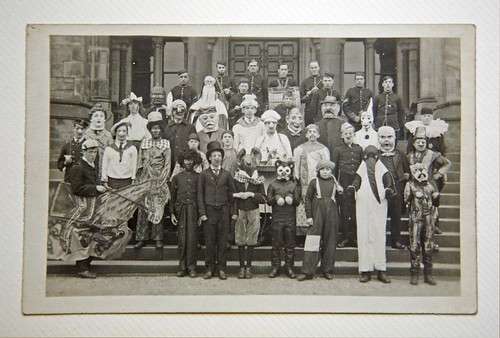



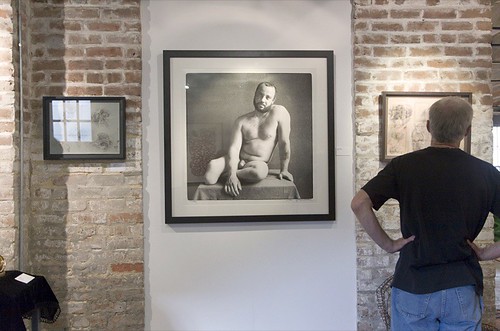


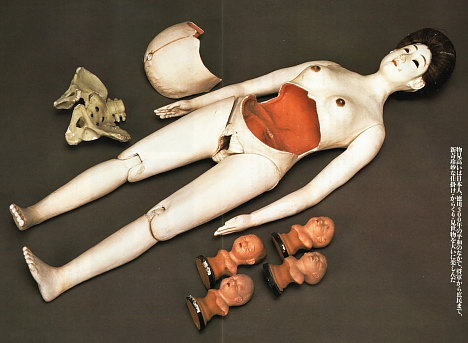
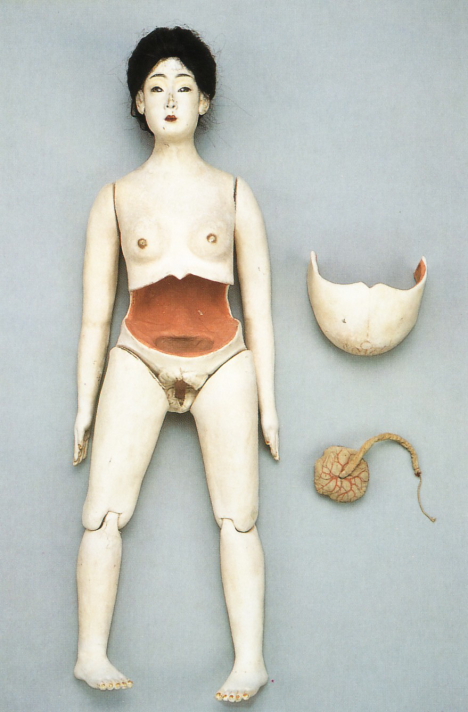
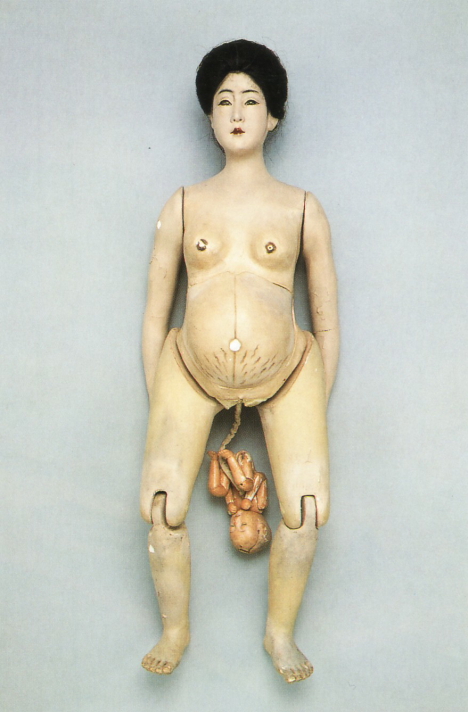
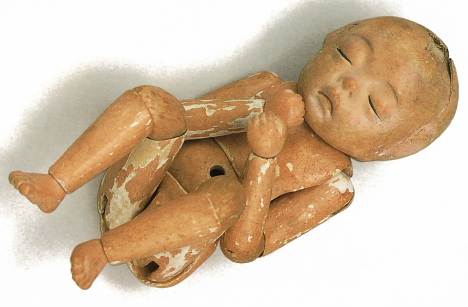
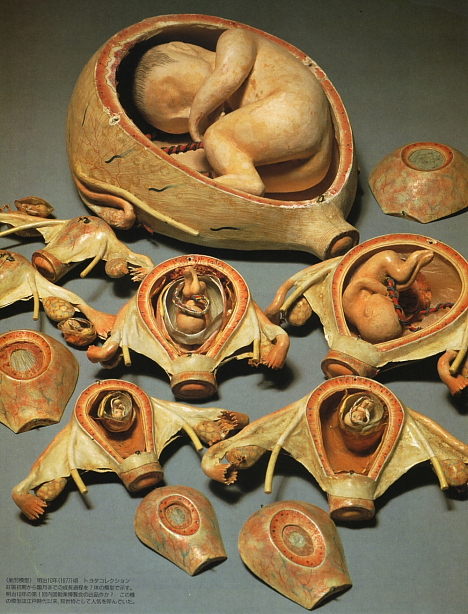
In the 18th and 19th centuries, sideshow carnivals known as misemono were a popular form of entertainment for the sophisticated residents of Edo (present-day Tokyo). The sideshows featured a myriad of educational and entertaining attractions designed to evoke a sense of wonder and satisfy a deep curiosity for the mysteries of life. One popular attraction was the pregnant doll. Although it is commonly believed that these dolls were created primarily to teach midwives how to deliver babies, evidence suggests they were also used for entertainment purposes. For example, records from 1864 describe a popular show in Tokyo’s Asakusa entertainment district that educated audiences about the human body. The show featured a pregnant doll whose abdomen could be opened to reveal fetal models depicting the various stages of prenatal development...This is especially fascinating as I have read quite a bit about Western examples of popular anatomical display (see some examples here, here and here) but had been unaware of an Eastern equivalent. Most fascinating! If any readers have any more information on this topic or further links to suggest, I would love to hear about it.
